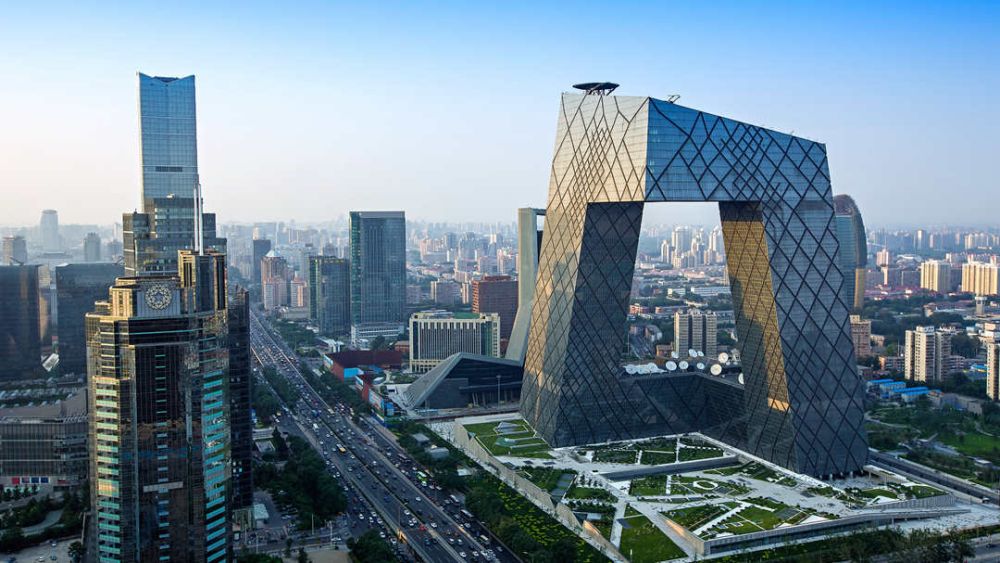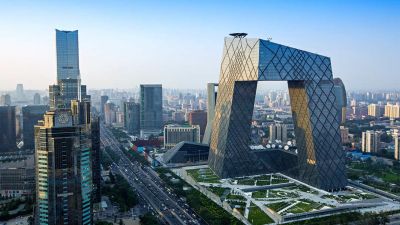

The Great We'll of China, one of the world's seven wonders, stretches over 13,000 miles and is arguably the most iconic symbol of China. A visit to the Great Wall offers awe-inspiring views and an incredible walk through history. Most visitors head to the well-preserved sections near Beijing, such as Badaling or Mutianyu. While Badaling is the most famous and easily accessible, Mutianyu offers a less crowded experience and equally stunning scenery. Adventure seekers might opt for a hike between Jinshanling and Simatai sections for a more authentic and rugged Great Wall experience. As you traverse the ancient steps, you'll encounter watchtowers, fortresses, and awe-inspiring vistas that highlight the wall's strategic importance and the immense labor put into its construction over various dynasties.
The Forbidden City, known as the Imperial Palace, is the epitome of imperial architecture and was the central seat of power for 24 emperors throughout the Ming and Qing dynasties. Spanning roughly 180 acres with a collection of approximately 980 surviving buildings, it represents the largest and most well-preserved ancient wooden structure complex in the world. A visit involves wandering through the grand halls and palaces, marvelling at the intricate designs and the vast collection of Chinese historical and cultural artefacts kept at the Palace Museum. Audio guides and guided tours are available to provide context to what you're seeing, covering tales and trivia of emperiors and court life over five centuries. Prepare to spend half a day exploring the vast complex, as there's much to see and learn about Chinese history and culture.
The Summer Palace in Beijing is a masterpiece of Chinese landscape garden design. The natural landscape of hills and open water combined with artificial features such as pavilions, halls, palaces, temples, and bridges form a harmonious ensemble of outstanding aesthetic value. Its design exemplifies the philosophy and practice of Chinese garden design, which played a key role in the development of this cultural form throughout the East. The Summer Palace started out life as the 'Garden of Clear Ripples' in 1750 (Reign Year 15 of Qianlong). Artisans reproduced the garden architecture styles of various palaces in China. Kunming Lake was enlarged to imitate the West Lake in Hangzhou. It served as a summer resort for Empress Dowager Cixi, who effectively controlled the Chinese government for 47 years from 1861-1908. The Summer Palace was ravaged by war in 1860, being repaired on its original foundations in 1886 and 1902.
Peking duck is one of Beijing's most famous dishes and is an essential dining experience for visitors to the city. The dish is known for its thin, crispy skin, and the traditional preparation method has its origins which date as far back as the Yuan Dynasty. Typically, Peking duck is carved in front of the diners and served in three stages: first the skin is eaten with sugar and garlic sauce, then the meat is served with pancakes, spring onions, and hoisin sauce, and finally the remaining meat is stir-fried with vegetables or used in a broth. There are several famous restaurants in Beijing that serve this delicacy, like Quanjude and Dadong, where chefs have perfected the dish over decades. The comprehensive dining experience presents an opportunity for visitors to indulge in a gourmet meal that's deeply rooted in the cultural fabric of Beijing.
The Hutongs of Beijing are narrow lanes formed by lines of traditional courtyard residences known as siheyuan. These neighborhoods represent an important cultural element of the city of Beijing, and walking through them is akin to traveling back to a time far removed from the modern metropolis outside. Rickshaw tours are a popular way of experiencing the Hutongs, taking visitors on a guided journey through the maze-like alleys and providing insights into the lives of the local people, traditions, and history of these regions. Visitors can also enjoy local snacks and even partake in traditional activities such as Chinese paper cutting or calligraphy, available at some of the cultural centers located within the Hutong areas. Aside from the popular Shichahai area, other notable Hutongs worth exploring include Nanluoguxiang and Dongsi Hutong.
The Temple of Heaven, or Tiantan, is much more than a temple - it is a vast park filled with a variety of historic buildings dating from the 15th century, where emperors of the Ming and Qing dynasties would pray for good harvests and seek divine clearance and atonement. It is a UNESCO World Heritage site and is a must-see for those interested in Chinese imperial history and beautiful architecture. The Hall of Prayer for Good Harvests is an architectural masterpiece, with its iconic triple-gabled circular building sitting atop a three-tiered marble terrace. Beyond the impressive buildings, the park grounds themselves are a popular spot for local citizens practicing tai chi, singing, and socializing, offering a peaceful break from the bustling city. The harmony and symbolism evident in the design and layout of the park make it a fascinating place to wander.
Being one of the oldest, largest and best-preserved ancient imperial gardens in China, BeiHai Park is a beautiful retreat from the city's hustle and bustle with a history of over 1,000 years. The park encompasses an area of 69 hectares, with a lake that covers more than half of the entire park. It offers a mix of magnificent royal palaces, religious structures, and enchanting landscapes. Key attractions within the park include the white pagoda of the Jade Flower Island, the Nine Dragon Wall, and numerous historically significant pavilions and halls. It serves as an exceptional example of the art of Chinese gardening and has influenced garden design in the country and worldwide. The park is also a popular recreational spot for boat rides, as well as ice-skating during the winter months. Throughout the year, locals can be seen here exercising, playing musical instruments or engaging in dance.
Wangfujing Snack Street, located in Wangfujing Dajie, the commercial center of Beijing, offers tourists and locals alike a vibrant culinary experience. This bustling pedestrian street is lined with a plethora of food stalls, souvenir shops, and large department stores. The snack street is particularly well-known for its wide selection of exotic street eats, such as deep-fried insects, sea horses, and other local specialties like Peking duck wraps, dumplings, and candied fruits. It's an ideal place to sample a variety of traditional Chinese snacks and observe the daily life of Beijing's urban dwellers. Additionally, Wangfujing is amongst the few areas in Beijing that offer duty-free shopping, making it attractive for those looking to purchase internationally branded goods. A must-visit for anyone looking to experience the flavor and excitement of Beijing after dusk.
The National Museum of China flanks the eastern side of Tiananmen Square in Beijing, China. The museum's mission is to educate about the arts and history of China. It is directed by the Ministry of Culture of the People's Republic of China and is one of the largest museums in the world, with a vast collection that includes artifacts from China’s long and illustrious history, from ancient times through to the modern era. Notable exhibitions include the 'Ancient China' exhibition and 'The Road to Rejuvenation' exhibition, which focuses on China's history from the First Opium War to modern times. Renovated and expanded in 2011, the museum now offers a space that is modern, user-friendly, and capable of holding international exhibitions of the highest standard, offering an in-depth look into the ancient civilization.
Beijing's Chaoyang Theatre has hosted the famous 'Flying Acrobatic Show' for more than three decades, showcasing one of China's oldest art forms, acrobatics. The performance is a fast-paced, thrilling combination of traditional acrobatic arts with modern technology. Performers demonstrate activities such as aerial silks, hoop diving, contortion, and plate spinning, often incorporating kung fu moves to astonish the audience. These incredible displays of strength, balance, agility, and coordination are accompanied by powerful music and dazzling costumes. The breathtaking stunts and acrobatics make it suitable and enjoyable for people of all ages. It's an experience filled with culture and excitement that will leave any spectator on the edge of their seat, a great family-friendly activity.
